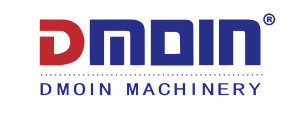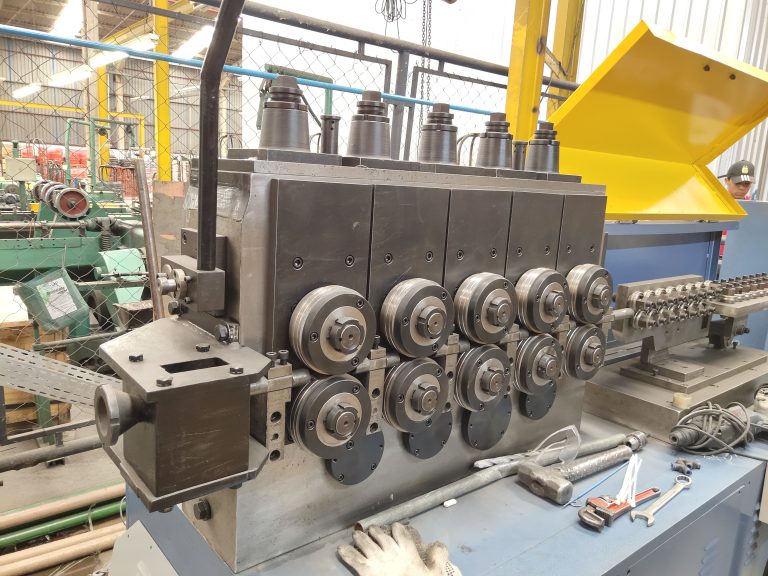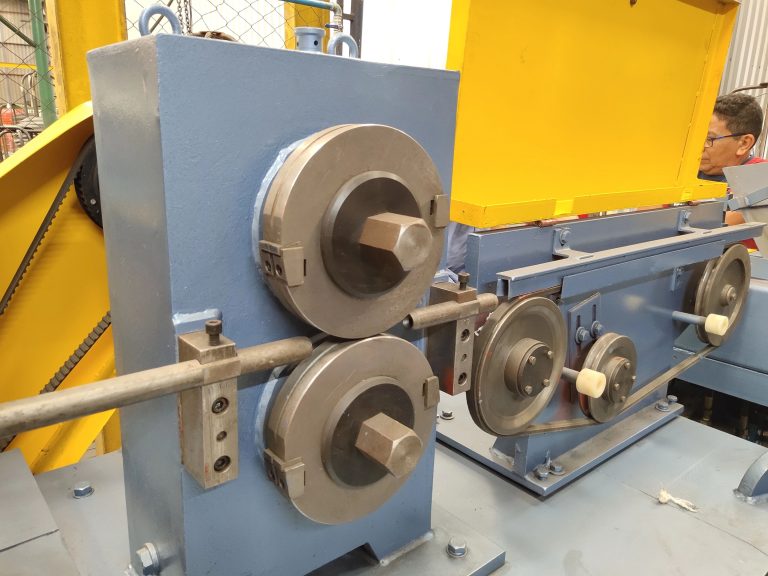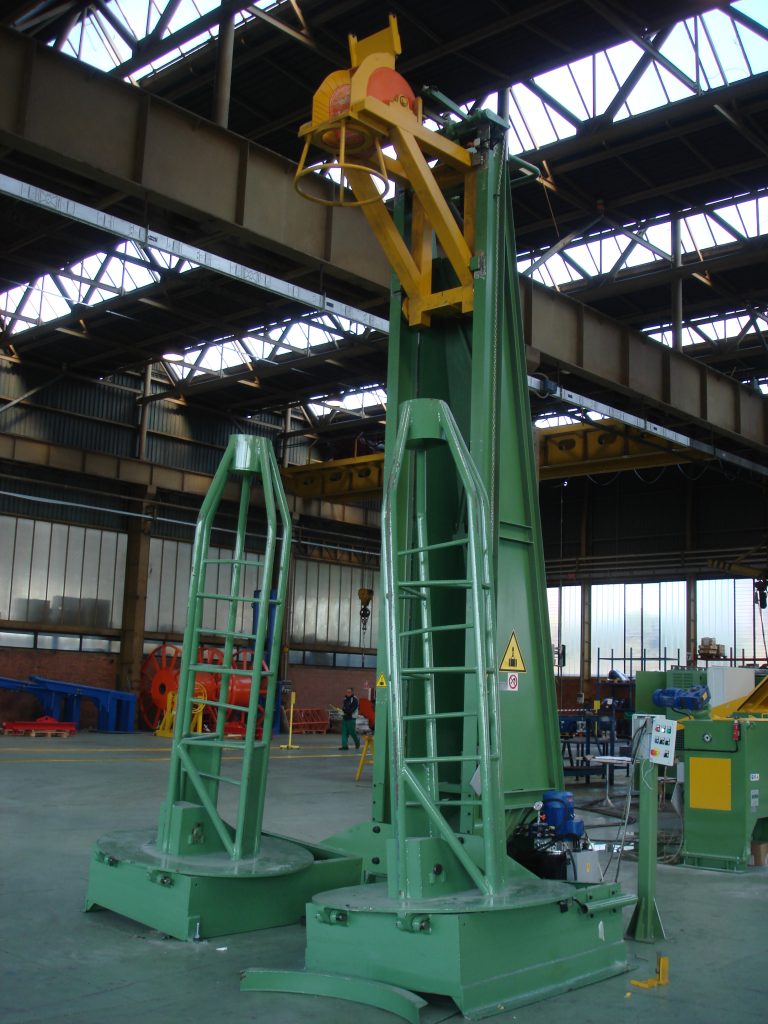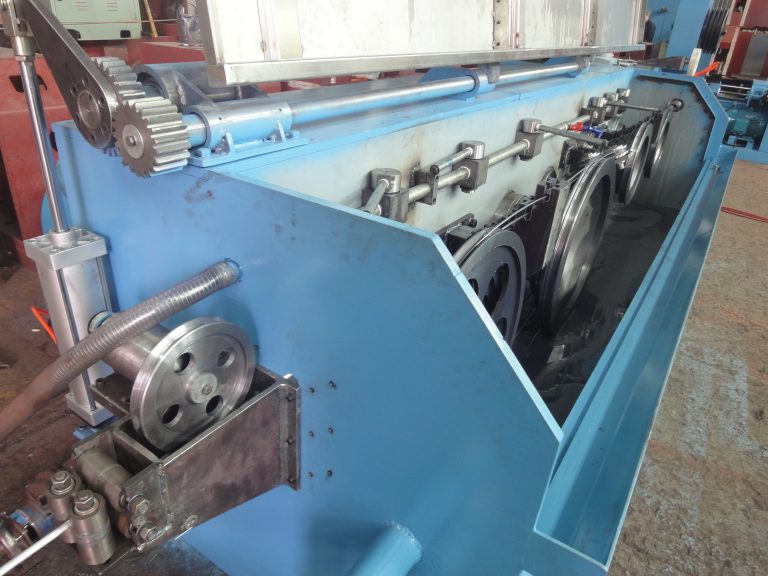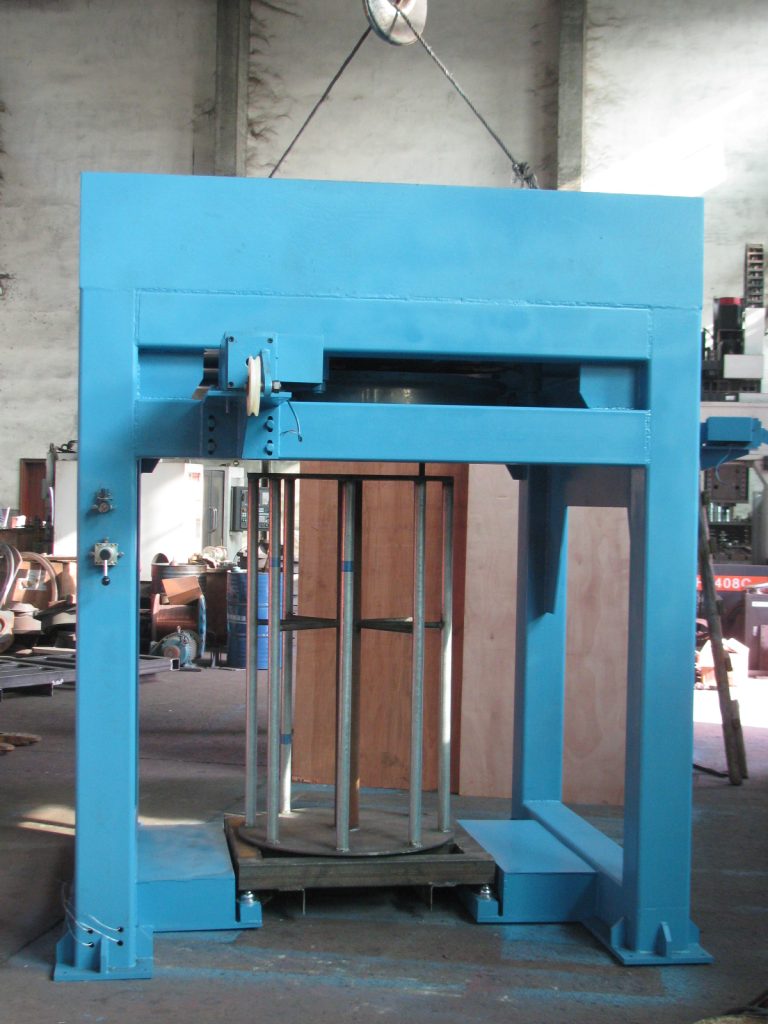Importance of Proper Lubrication Systems in Wire Drawing
Wire drawing is a crucial process in the manufacturing of various wire products, such as electrical wiring, cables, and fencing. This process involves pulling a metal wire through a series of dies to reduce its diameter and improve its mechanical properties. To ensure the efficiency and quality of the wire drawing process, it is essential to have the right auxiliary equipment in place. One of the most critical components of this equipment is the lubrication system.
Proper lubrication is essential in wire drawing to reduce friction between the wire and the dies, which helps prevent surface defects and breakage. Without adequate lubrication, the wire can experience excessive heat generation, leading to poor surface finish and reduced wire strength. Additionally, insufficient lubrication can cause premature wear on the dies, resulting in increased downtime and maintenance costs.
There are several types of lubrication systems used in wire drawing, including dry lubricants, oil-based lubricants, and water-based lubricants. Each type has its advantages and disadvantages, depending on the specific requirements of the wire drawing process. Dry lubricants, such as graphite and molybdenum disulfide, are commonly used for high-speed wire drawing applications due to their ability to reduce friction and heat generation. Oil-based lubricants, on the other hand, provide better lubrication and cooling properties, making them suitable for heavy-duty wire drawing operations. Water-based lubricants are environmentally friendly and offer good lubrication properties, making them ideal for certain wire drawing applications.
In addition to selecting the right type of lubricant, it is essential to ensure that the lubrication system is properly designed and maintained. The lubricant should be applied uniformly to the wire surface to ensure consistent lubrication throughout the drawing process. This can be achieved through the use of spray nozzles, brushes, or immersion tanks, depending on the lubricant type and application requirements. Regular monitoring and maintenance of the lubrication system are also crucial to prevent issues such as clogging, contamination, or inadequate lubricant supply.

Proper lubrication not only improves the efficiency and quality of the wire drawing process but also extends the life of the dies and other equipment components. By reducing friction and heat generation, lubrication helps minimize wear and tear on the dies, resulting in longer tool life and reduced maintenance costs. Additionally, lubrication can help prevent surface defects on the wire, such as scratches and cracks, which can affect the performance and reliability of the final wire product.
In conclusion, proper lubrication is essential for the success of the wire drawing process. By selecting the right type of lubricant and maintaining a well-designed lubrication system, manufacturers can improve the efficiency, quality, and longevity of their wire drawing operations. Investing in a reliable lubrication system is a wise decision that can lead to significant cost savings and improved product performance in the long run.
